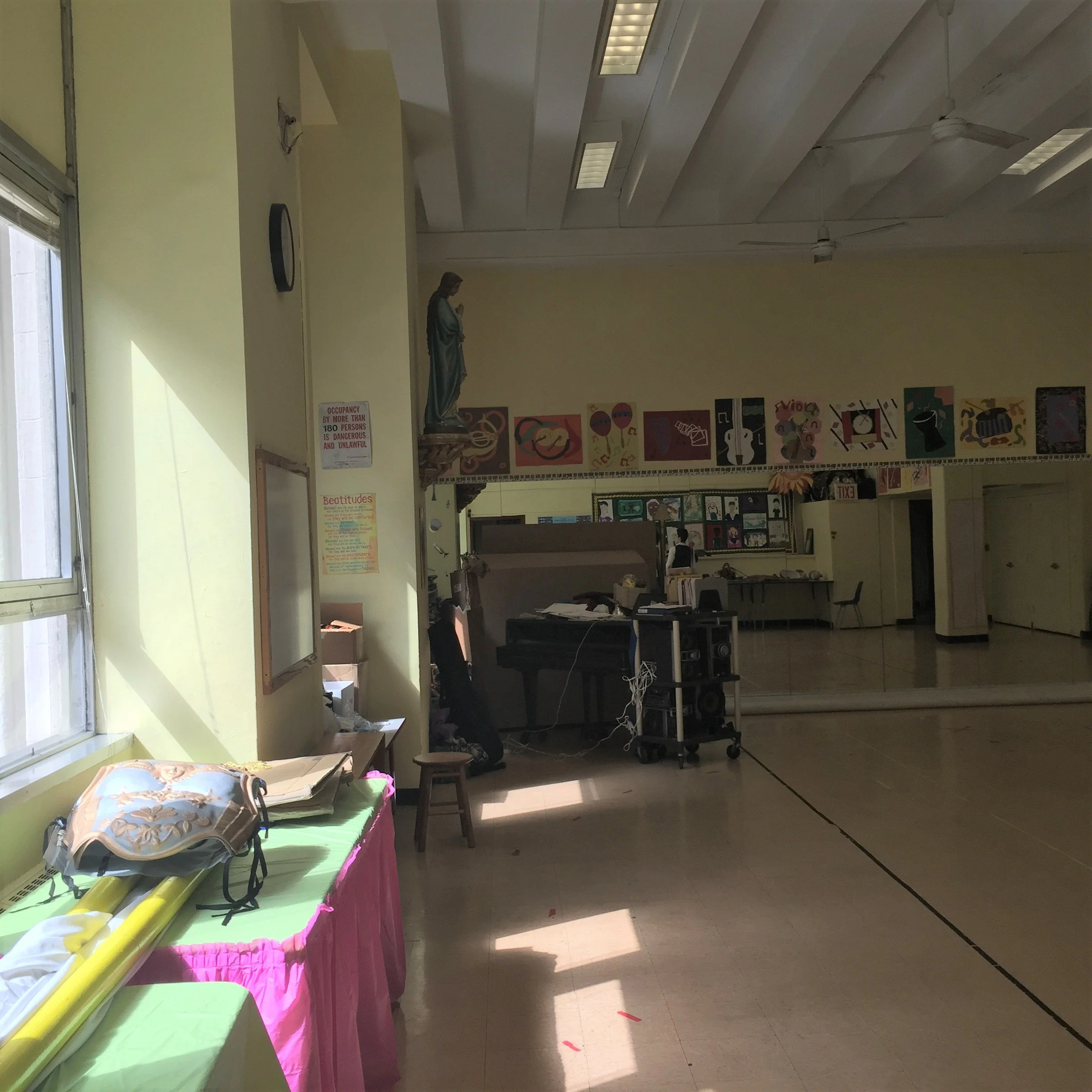Libraries + Media Labs
The traditional school library has changed dramatically. Questions abound about how to reach students when they have so many other resources. The library also plays different roles for students of different ages. KWA was hired by the The Patron’s Program to work on a series of libraries which explored many of these issues at high need metropolitan K-8 schools.
Background
Our work with school libraries has brought to light a lot of issues. City schools are challenged by space constraints which makes providing the traditional “stacks” and student access very difficult. What is the function of the reading — research area particularly now that a significant media component is necessary? How does a library function for pre-k children who don’t yet read?
Design Challenge
The library, when fit into the fabric of an existing building, often becomes a significant construction project due to the limits of the original floor plate and the open space needed for a library. In addition, the design and stacks often need to work for children over a wide range of ages, from pre-k through 8th grade.
Design Strategy
From the beginning of a project, KWA works closely with construction teams to find existing drawings, investigate the space, do probes, and analyze the existing structure so that the design for the new space develops hand-in-hand with a construction strategy. We also delve into the school’s educational approach so that the library reflects and supports the school’s teaching methodology. For instance, for the Horace Mann Nursery Division KWA designed a library built on analysis of how the preschoolers actually select books and designed shelf covers that could display picture books face out.
Impact
Our goal has been to create a library that attracts the student who may not even like to read to generate positive associations with books. Research has shown that students in schools with good school libraries learn more, get better grades, and score higher on standardized test than their peers in schools without libraries.










